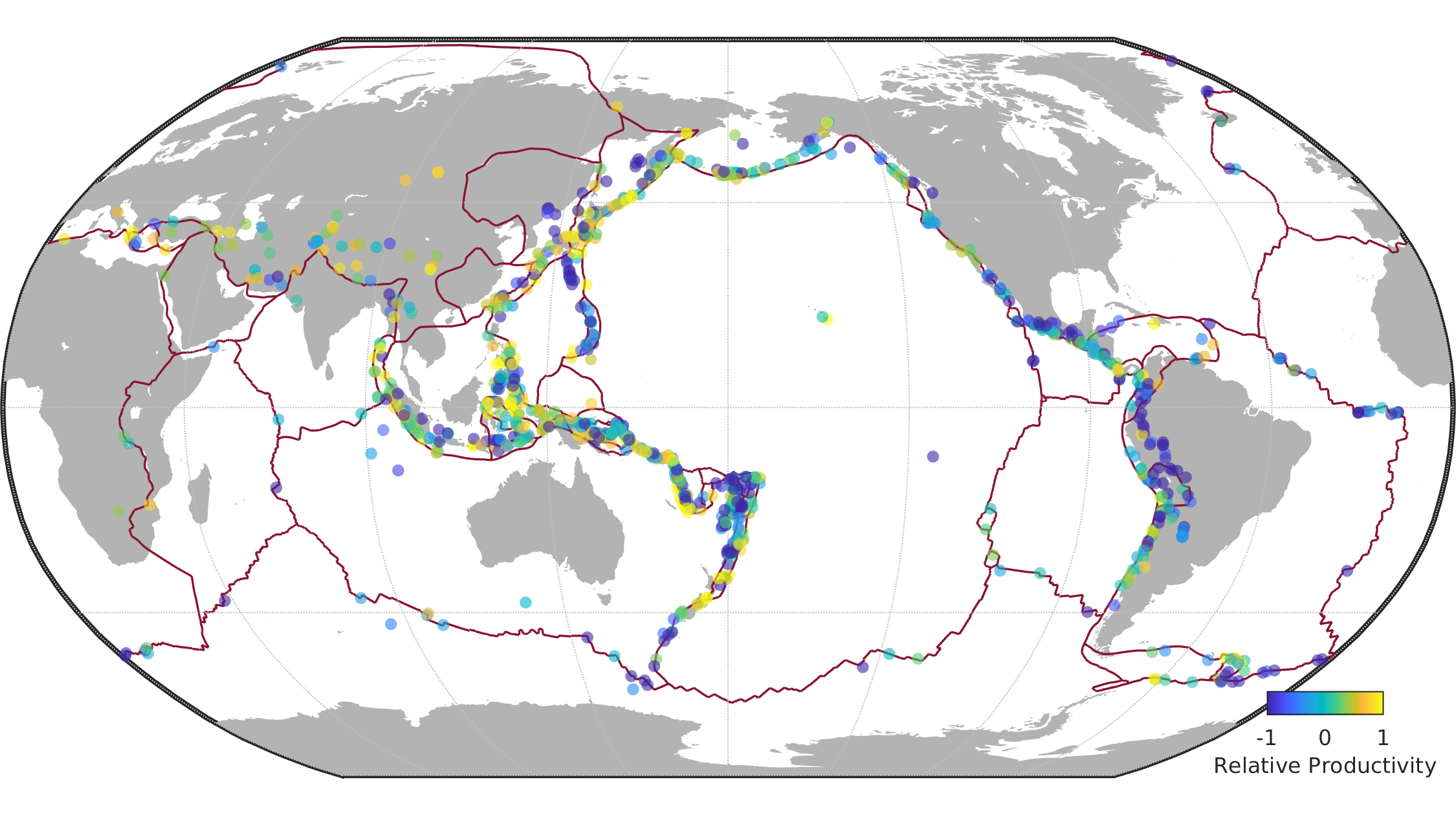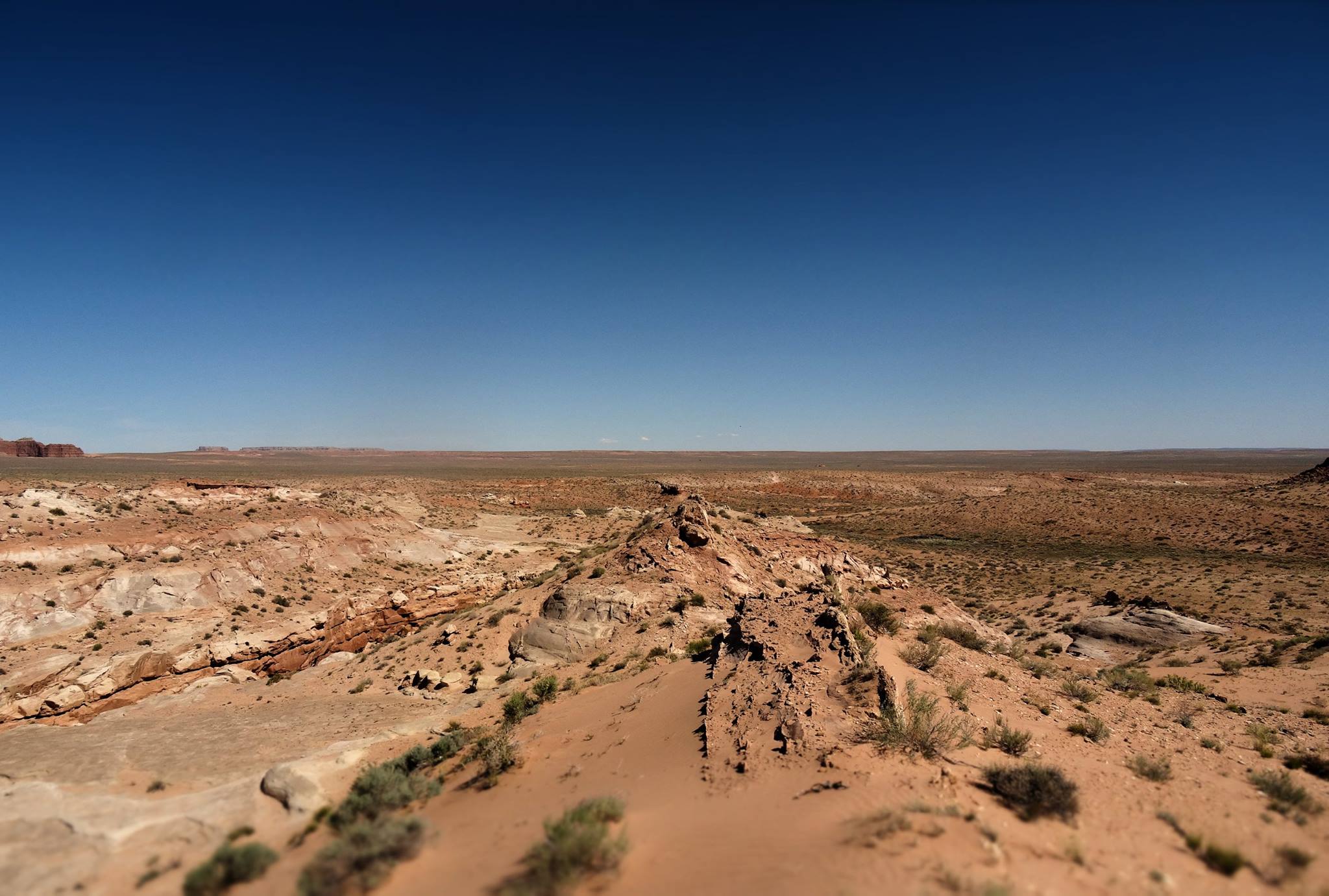Kelian Dascher-Cousineau
email kelian.dascher-cousineau@usu.edu
school Google Scholar Profile
bookmark Resume

I am an assistant professor at Utah State University. I explore earthquake physics, fault mechanics, data science and earthquake forecasting.
I am actively looking for graduate students. Please reach out if you are interested!
Research
Earthquake Statistics

What causes some earthquakes to have more aftershocks than others? In this study, we systematically tested how attributes of a mainshock related to its setting (depth, plate boundary type, etc.) and its sources (stress drop, radiated energy, source dimensions, etc.) influence the number of aftershocks to come. We work towards a complimentary approach to aftershock forecasting that relies solely on attributes of the source instead of long term calibration. This project was funded by the NESRC Alexander Graham Bell fellowship.
Can we identify aftershocks in real time? In this study, I was interested to test whether b-value changes near the source of large mainshocks can be used as a diagnosis for an impending larger earthquake.
What’s next for earthquake statistics? An explosive growth in the scale and diversity of earthquake catalogs has yet to translate into improved earthquake forecasts. I incorporating a new class of models known as neural-temporal point processes into the standard earthquake forecasting framework. Check out my SCEC plenary talk here.
Fault Zone Geomorphology
Faults are iconic features of the landscape. Can we use their expression in the landscape to better understand them and vice versa? I am using a combination of field observations, remote measurements and landscape evolution models to better characterize fault structure with a particular focus on fault zone damage. This project is funded by NASA’s FINNEST fellowship. In this study, we explored the rich interaction between faulting and the drainage network. The study provides a quantitative framework to understand the landscape’s capacity to respond to fault slip on millennial timescales.
Fault Mechanics

Do faults smooth with cummulative displacement? In this study, we leveraged faults in the San Rafael Desert as a natural laboratory to test this question. We measured the roughness of over a hundred slip surfaces using high resolution laser scanners. Our study provides clear evidence for smoothing of fault slip surfaces with cummulative offset.